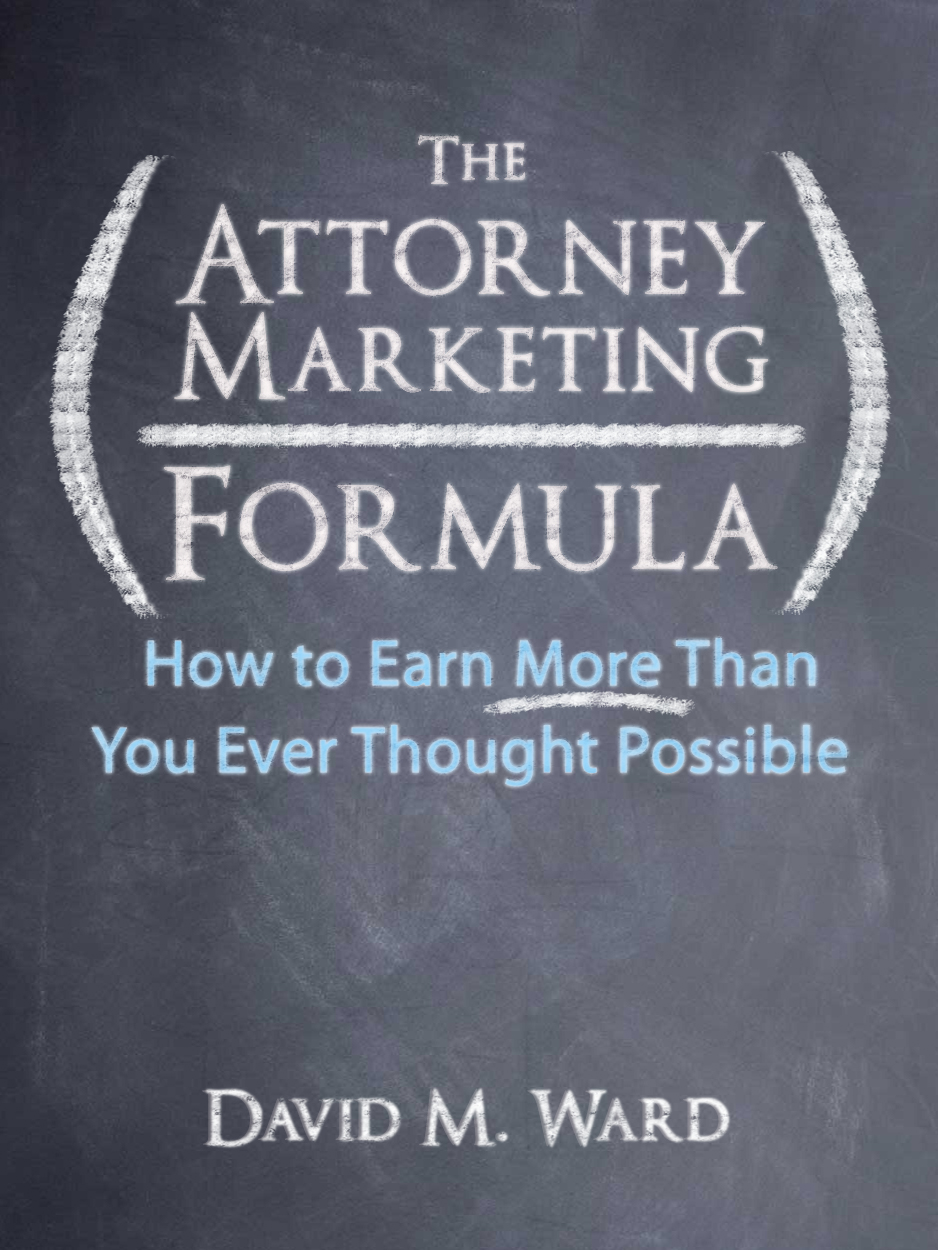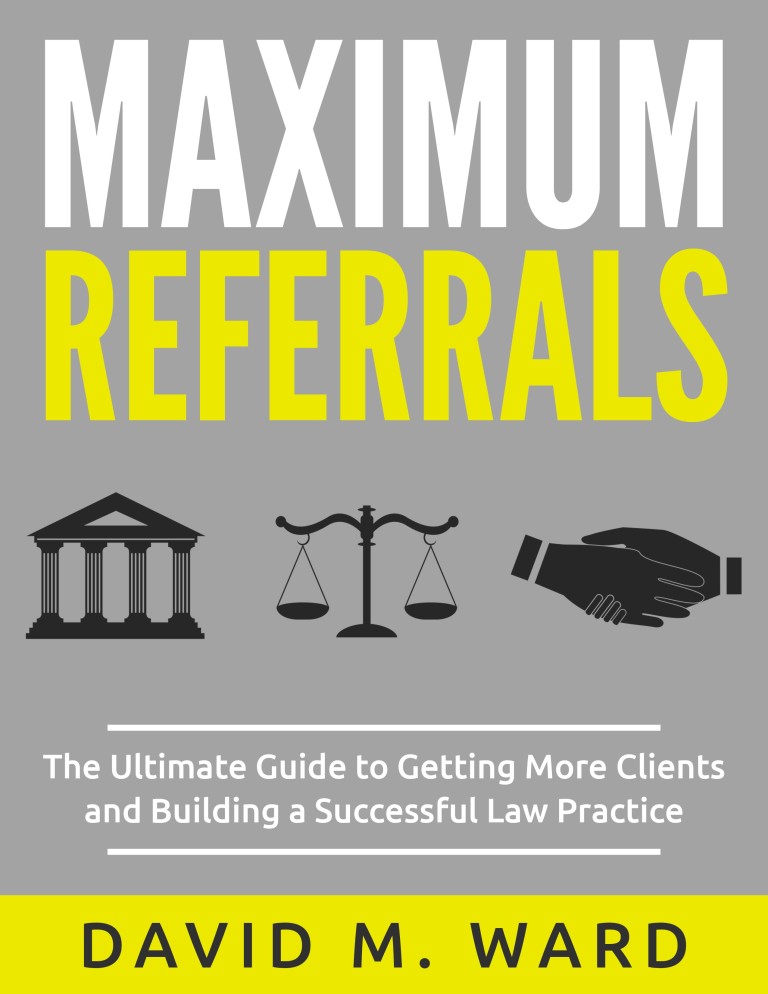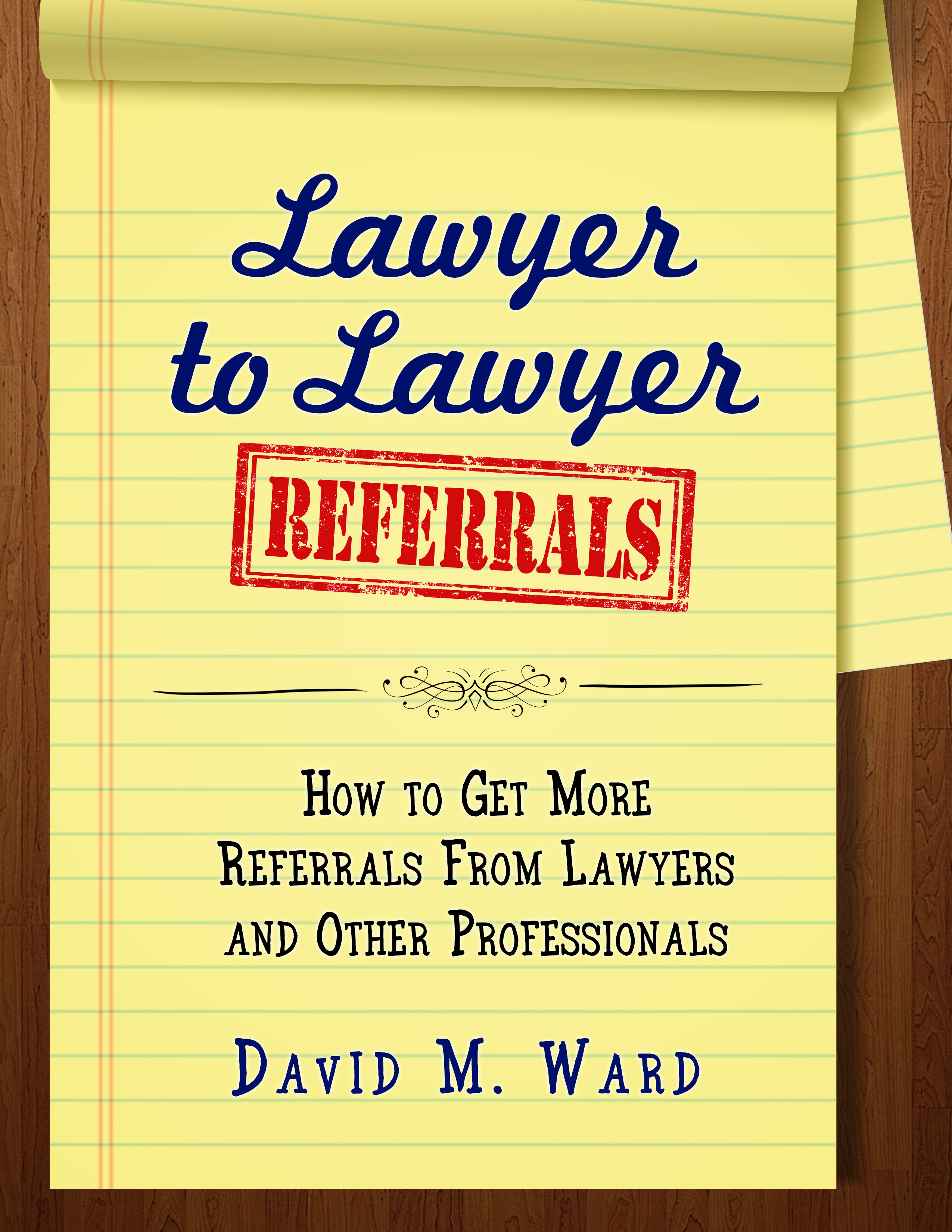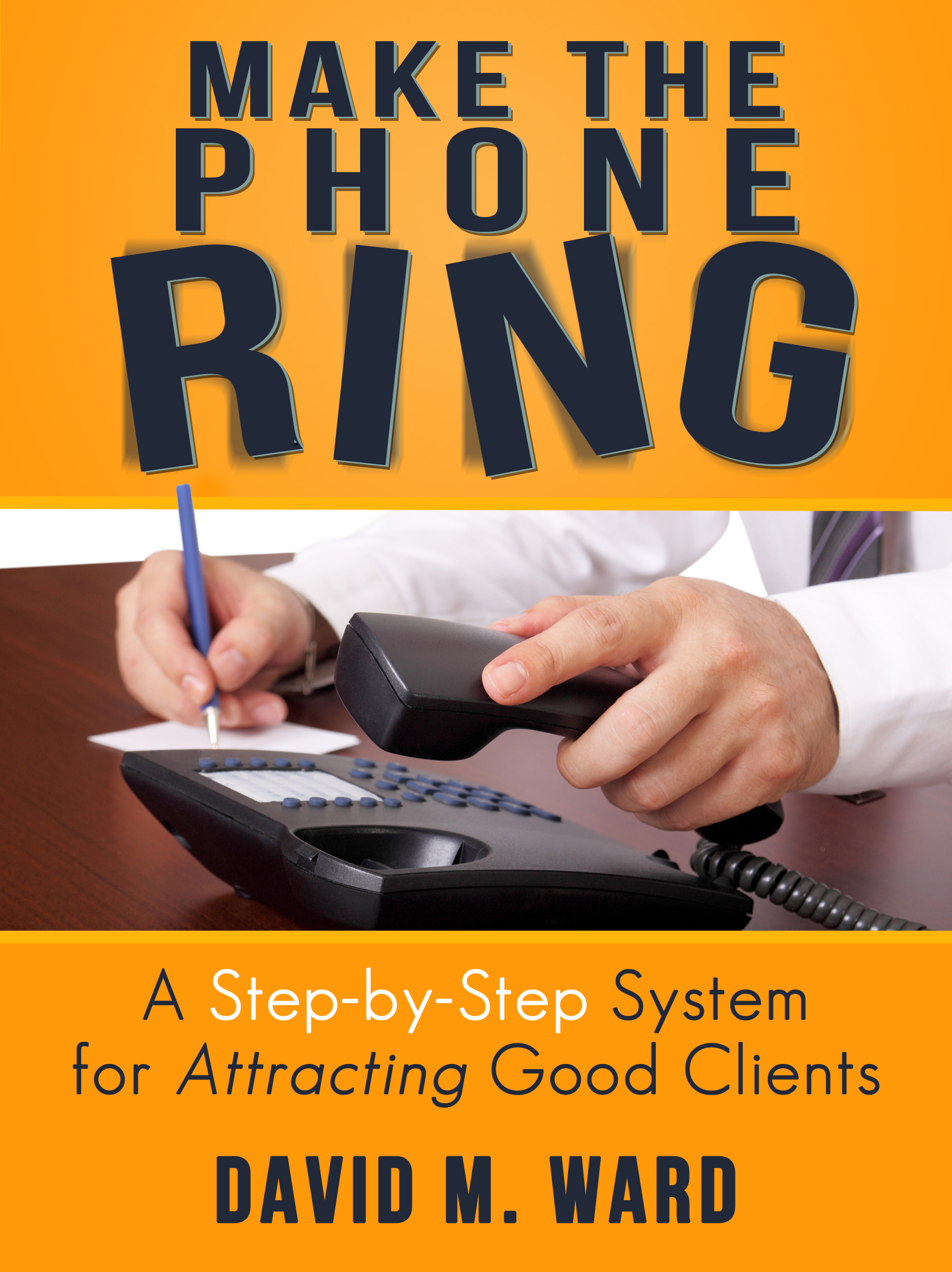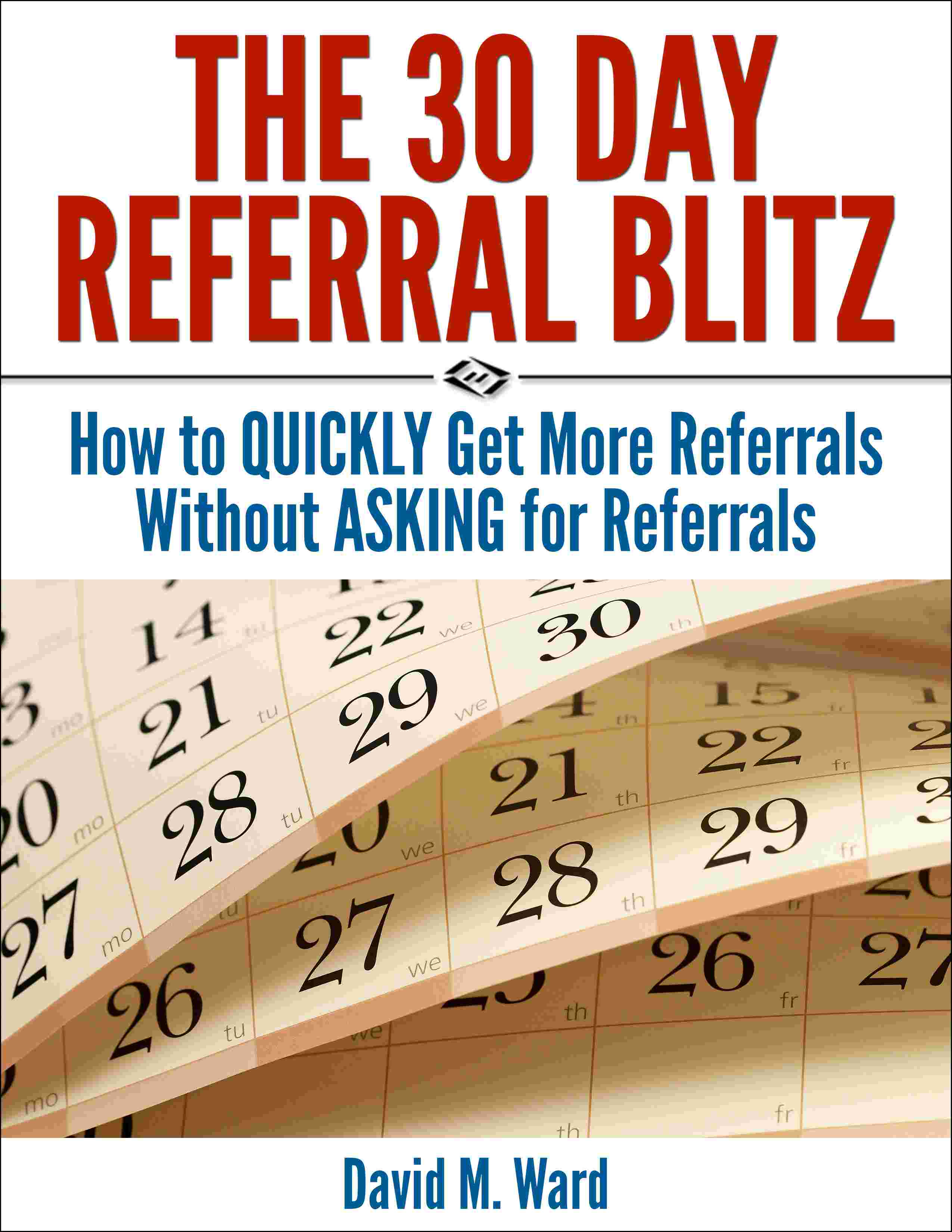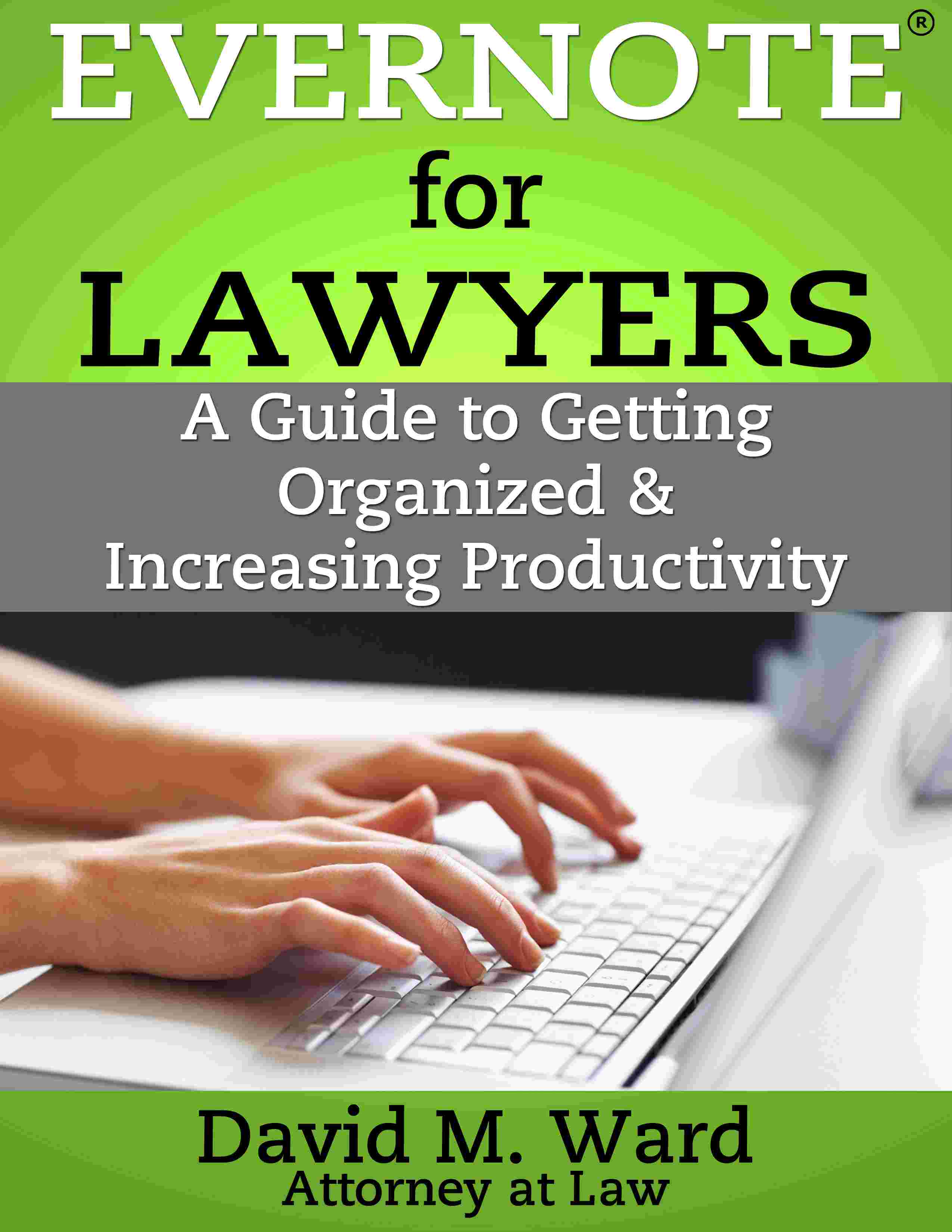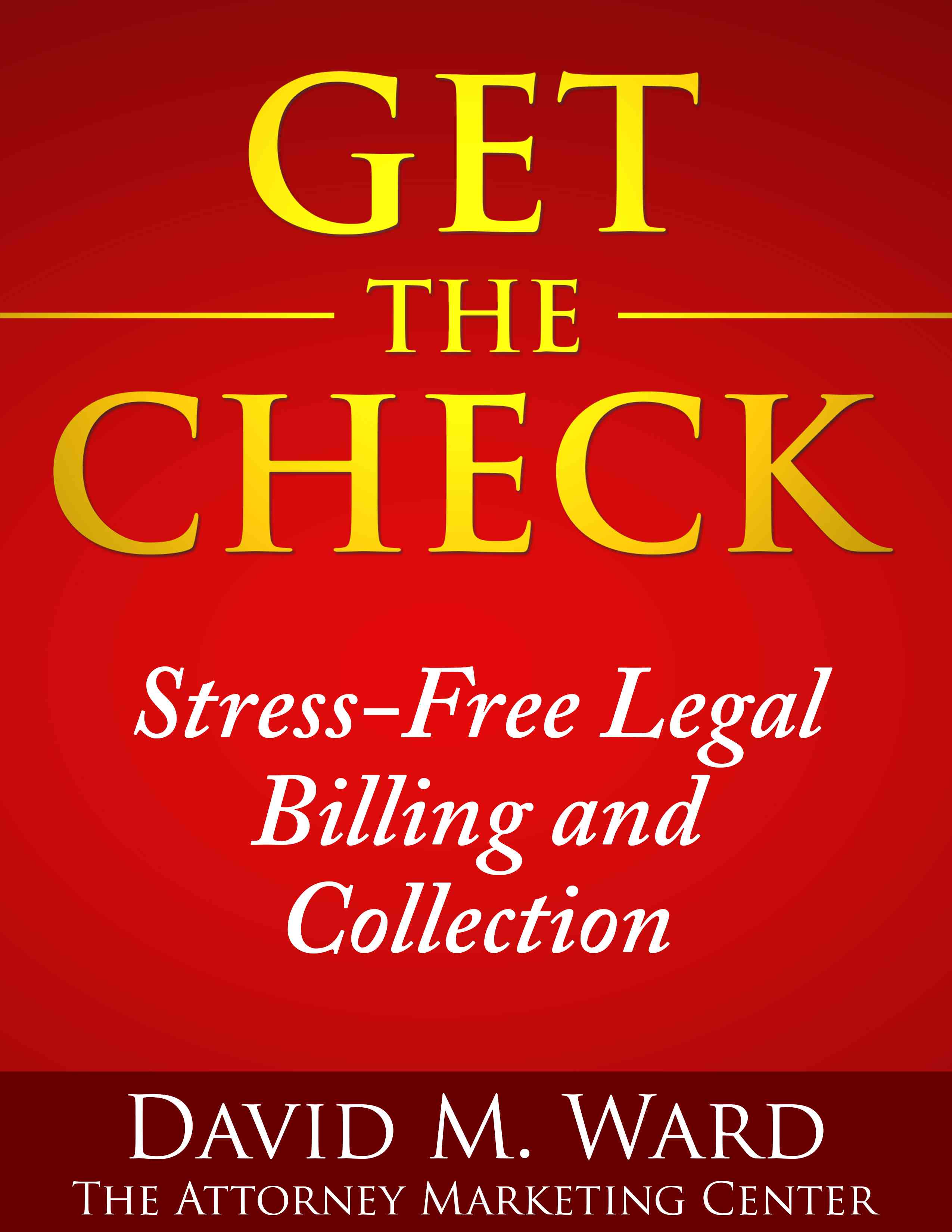What’s your I.Q.? If something doesn’t work out for you, how quickly do you say “I quit”?
I’m sure you’ve hired someone who didn’t work out. You’ve tried software systems or apps that you ultimately rejected. You’ve tried new marketing methods and didn’t stick with them.
How much are you willing to put up with before you say “no mas” and move on?
Of course this is a rhetorical question. Everything is different. It depends on the cost (time and money), the potential return, the complexity, and market conditions. And it depends on you–your knowledge and skills, your finances, your goals, your work ethic.
And so there is no right or wrong answer. But clearly, we have all tried many things we have abandoned that might have produced the desired result had we given them enough time. As Thomas Edison said, “Many of life’s failures are people who did not realize how close they were to success when they gave up.”
Successful people have a long term perspective. They are willing to invest today for a return that might be a long time in coming. Unsuccessful people want instant gratification. And yet nobody wants to do something that’s not working and not likely to do so. When should you continue and when should you admit defeat and try something else?
One thing you can do to answer this is to find someone who has successfully done what you are contemplating and do what they did. In other words, find models and model them.
Because if they did it, there’s a very good chance that you can do it, too. Just knowing that will keep you going when you otherwise might quit.
Don’t necessarily compare yourself to others. When they started, they may have had more skills than you do, or a bigger network. It may take you longer to accomplish what they accomplished. It may be harder.
I’ve found this to be true in my life, and I am okay with this. If what I am attempting promises benefits that I truly want, it’s okay if it takes me longer. What I care about is knowing that I can do it. If I know that it’s possible, based on what others have done, I’ll keep going. In this case, I have a very high I.Q.
I admit, this is not always true. Sometimes, along the way, I discover something about myself or about the journey and change my mind about what I want or what I’m willing to do. But having that model at the beginning allows me to get started and keep going long enough to make that discovery. As a result, I’ve done more than I ever would have done had I waited for the right time or conditions.
What about innovation? Highly overrated. Most inventors will tell you that what they do is look at something that already exists and see it doing something different. Or, combining two things into something new. Entrepreneurs do the same thing.
If you want a successful law practice, find successful lawyers in your field and study them. Find out what they did to become successful and do that. It may take you longer and you may have a bumpier journey than they had. But at least you know that if you follow the same road map, there’s a very good chance that you will get to the same destination.
Want referrals? Quickly? Try The 30 Day Referral Blitz.

